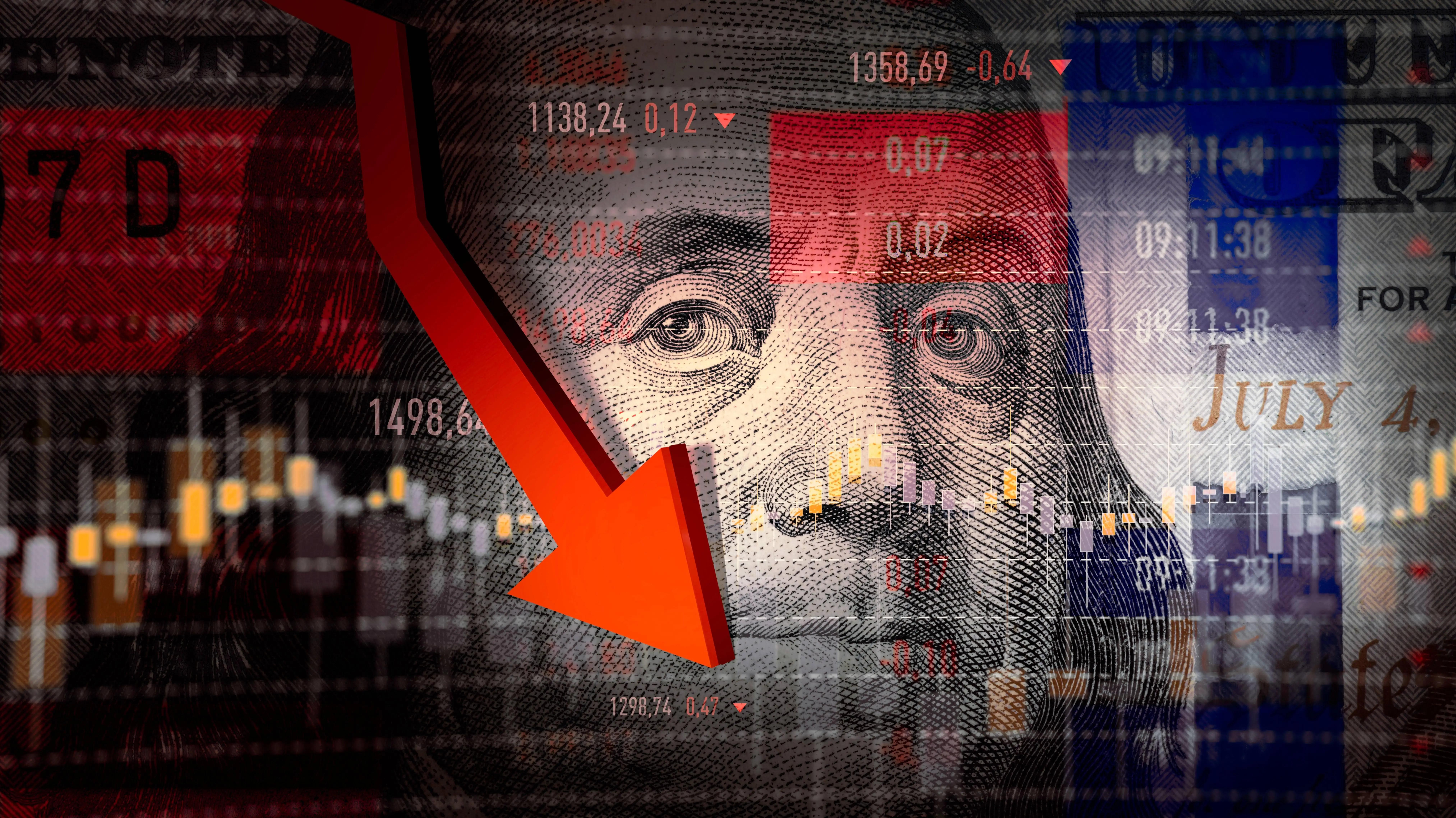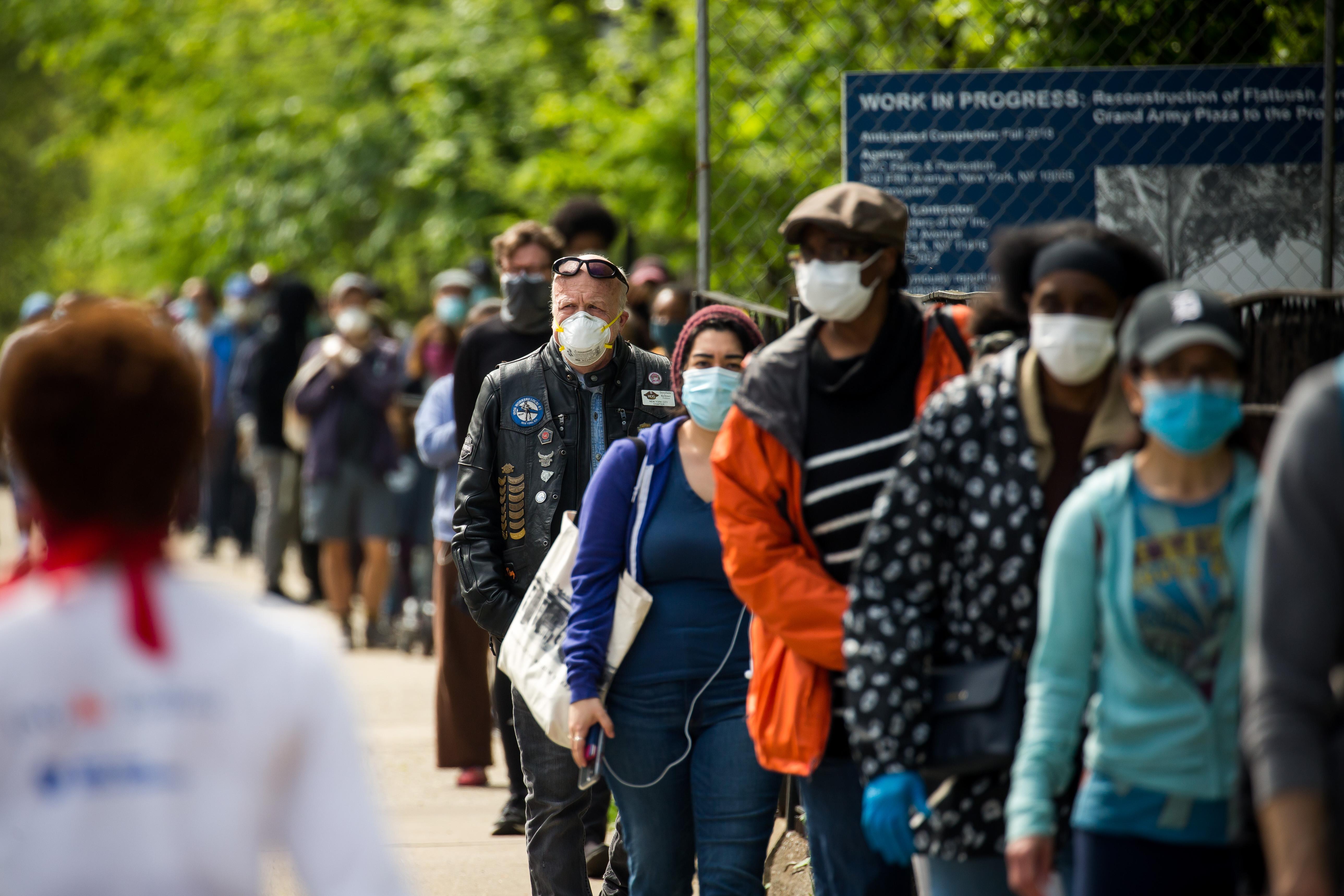
In March, the US stock market was like a runaway roller coaster, playing out a drama of "V-shaped reversal - late-day plunge - panic spread" within just a few days. For instance, Nvidia's share price dropped by over 8% in a single day, with its market value falling below $300 billion, dragging down the Nasdaq index by 2.78% on the same day. The adjustment of technology stocks is closely related to market concerns over high valuations - the P/E ratio of the S&P 500 has reached 21.9 times, far exceeding the historical average, and the growth rate expectations of the "Big Seven" tech companies are being questioned in relation to their valuations. This turmoil not only exposed the shortsightedness and contradictions of US economic policies but also revealed the deep-seated structural risks in the US financial market.
The trigger was Trump's tariff policy "about-face". On March 4th, former US President Trump announced the resumption of a 25% tariff policy on Canada and Mexico, directly igniting market panic. Trump's tariff policy was seen by the market as a "political bargaining chip", with the short-term protection of domestic manufacturing and the long-term damage to international trade relations behind it. For instance, retailer Target's share price plunged by 3% due to a warning of profit decline from tariff costs, while Best Buy's share price dropped by 13.3% due to stagnant sales growth. This policy not only failed to boost market confidence but also exacerbated investors' concerns about an economic recession.
The bursting of the tech stock myth and the bank stock blowup highlighted the structural crisis. The core of this round of the US stock market decline lies in its excessive reliance on a few tech giants. The "Big Seven" tech stocks (such as Nvidia and Tesla) once supported the US stock market bull run, but the March sell-off showed that the market's tolerance for high valuation bubbles has reached its limit. Tesla's share price dropped by over 4% due to tariff impacts, while Nvidia's rebound was short-lived and failed to dispel market doubts about the sustainability of its growth.
Even more dangerous is the chain reaction in the banking sector. Although the 2023 Silicon Valley Bank crisis has been partially digested, concerns over the liquidity risks of financial institutions resurfaced in March 2025. Investors began to question: If interest rates remain high, will corporate debt and consumer credit defaults trigger systemic risks?
The Fed's "dancing on a tightrope" has caused confusion in market expectations. The Fed's monetary policy is another major source of uncertainty. Although the market generally expects three interest rate cuts in 2025, the March employment data (with initial jobless claims exceeding expectations) and inflationary pressures are in conflict, leading to divergent views on the Fed's policy path among investors.
Bank of America previously predicted a 40% plunge in the US stock market, but its historical accuracy rate is only 40%, and it has been repeatedly proven wrong by unexpected events (such as the 2023 AI technology revolution driving the Nasdaq to rise by 43% against the trend). This gap between prediction and reality further exposes the inability of institutions to control the complex market environment.
This turmoil is not just a market fluctuation but a microcosm of the US political and economic ecosystem. Policy short-sightedness, Trump's tariff policy sacrificing long-term interests for short-term political gains, directly impacted corporate profits and global supply chains; market bubbles, the intertwining of high valuations of tech stocks and liquidity risks in the banking sector, exposed the essence of the "false prosperity" of the US stock market; investor irrationality, from "greed-driven buying" to "panic selling", exacerbated market volatility through herd behavior.
This is a crisis destined to repeat. The March 2025 US stock market turmoil is essentially the resonance of policy mistakes and market fragility. If the US cannot break free from the "politics-driven economy" trap, similar crises may recur periodically. For investors, only by breaking away from the illusion of Fed bailouts and being vigilant against the dual uncertainties of policy and the market can they survive in the turmoil.

According to Yahoo US media reports, the recent remarks of Federal Reserve Chair Jerome Powell have drawn deep concern from the market about the health of the US labor market.
According to Yahoo US media reports, the recent remarks of …
After 11 years of waiting in the deep sea, we finally have …
On December 17, 2025, the newly renovated American "Preside…
Nike's second-quarter revenue reached 12.4 billion US dolla…
The European Union (EU) recently announced sanctions agains…
In December 2025, the U.S. economy and financial markets ex…